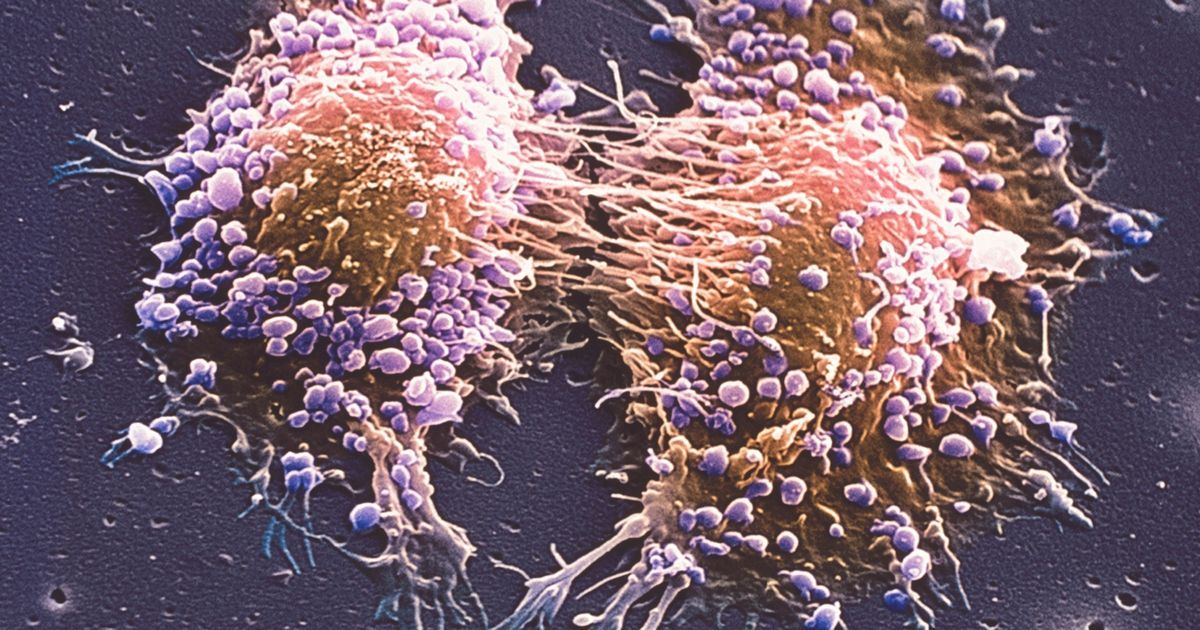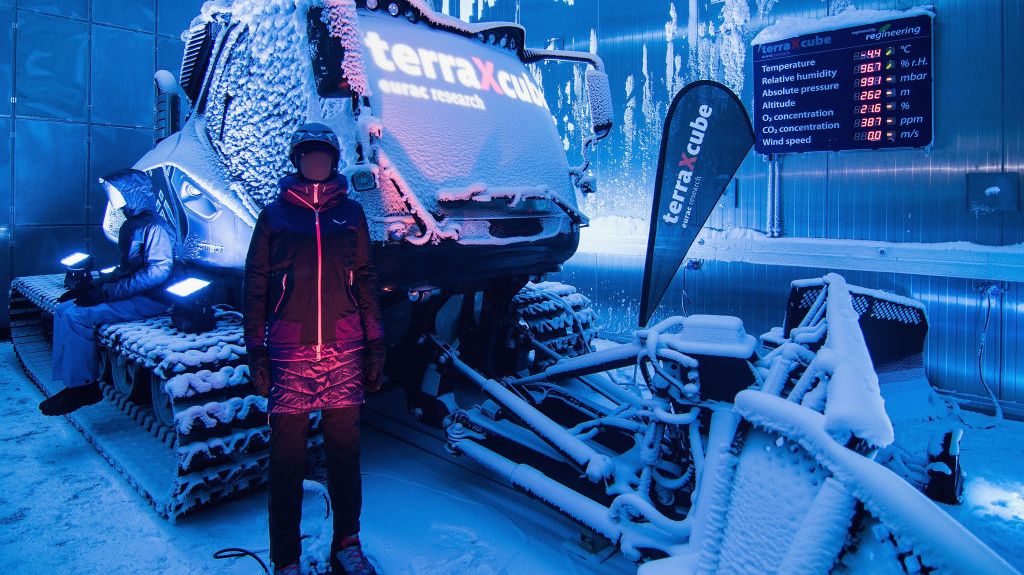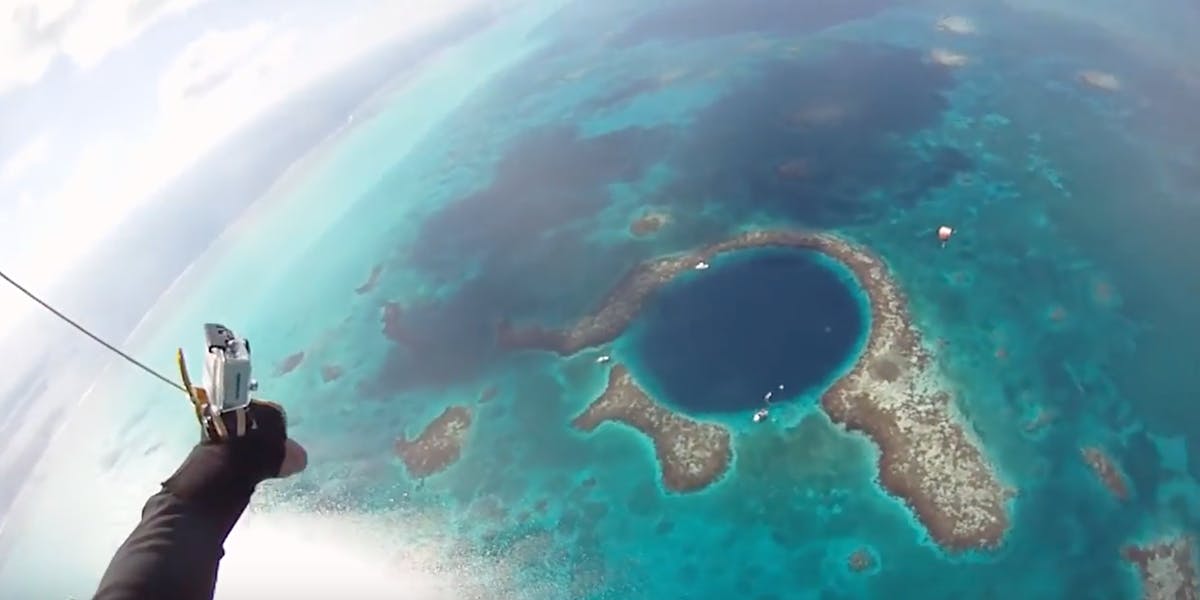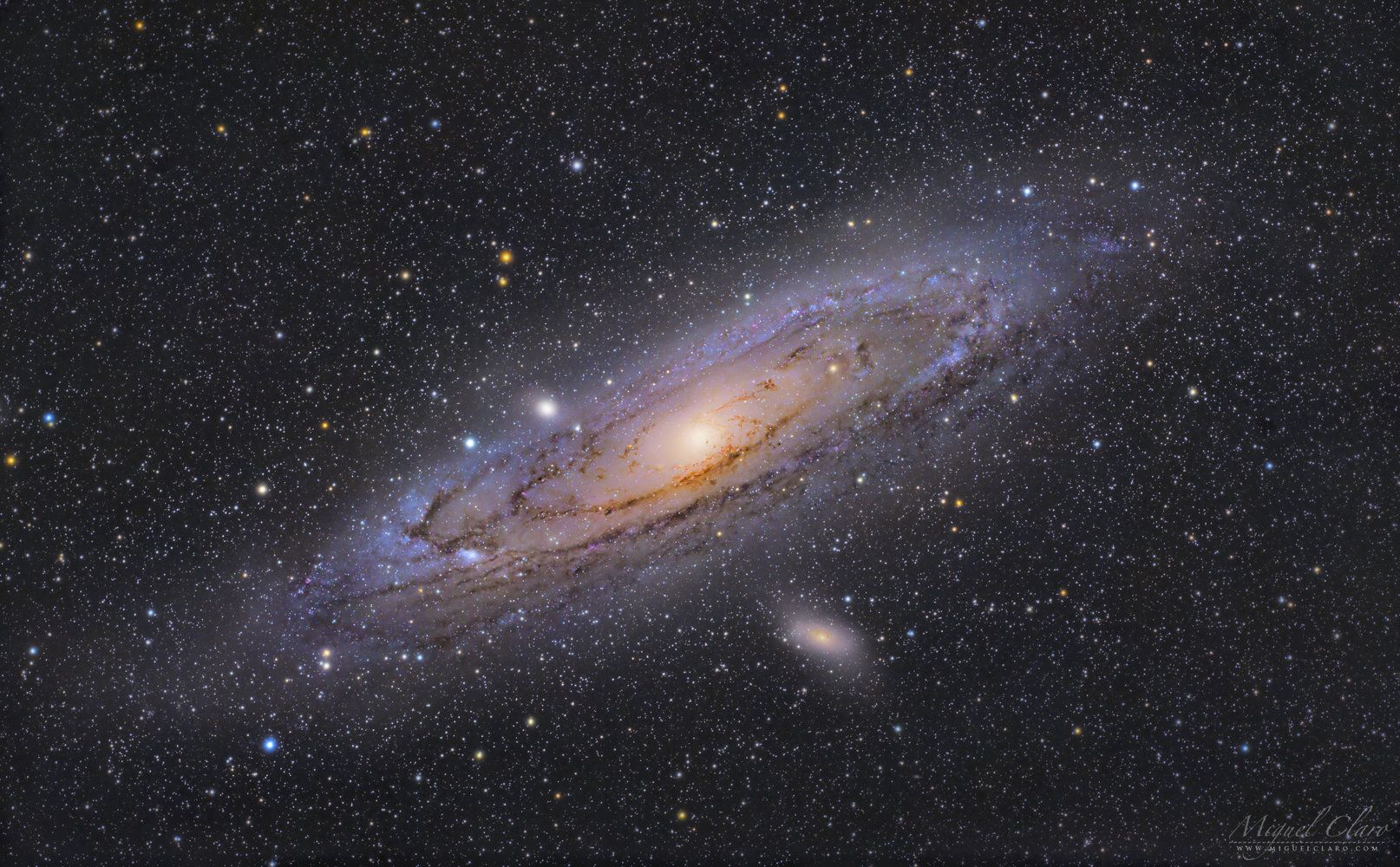Experts claim that this new breakthrough could significantly halt the growth of brain tumours.



With more than 60 satellites jammed in for the ride, a Falcon 9 rocket will get used a third time, fulfilling one of Elon Musk’s standing promises.

From blizzards on top of Mount Everest to the extreme cold of the Arctic to the scorching heat of the Sahara deserts, researchers can now recreate the Earth’s most extreme climates and conditions — all in one place.
The research infrastructure, terraXcube, which opened to the public in Bolzano, South Tryol, Italy, on November 30, can simulate the world’s most extreme climate and weather conditions. It can recreate environmental factors such as air pressure, air humidity, and solar radiation individually or in combination, enabling researchers to investigate how the human body reacts to various extreme climatic conditions.

It’s that time of year again, time for one of my favorite holiday traditions: the 11th annual Hubble Space Telescope Advent Calendar. Every day until Tuesday, December 25, this page will present one new incredible image of our universe from NASA’s Hubble telescope. Be sure to bookmark this calendar and come back every day until the 25th, or follow on Twitter (@TheAtlPhoto), Facebook, or Tumblr for daily updates. I hope you enjoy these amazing and awe-inspiring images and the efforts of the science teams who have brought them to Earth. As I do every year, I want to say again how fortunate I feel to have been able to share photo stories with you all year, and how much fun I have putting this calendar together every December. Wishing you all a merry Christmas, happy holidays, and peace on Earth.


Jack Poulson is the former Google Senior Research Scientist who quit the company’s machine learning division over Project Dragonfly, the company’s secret plan to build a censoring Chinese search engine designed to help the country’s spies surveil dissident search activity.
In an editorial on The Intercept, Poulson describes the series of events that led up to his resignation: a chain of execs who, in private meetings and public statements, engaged in hypocritical deflection and spin rather than giving the straight answer about why they were going to go into China and what the result of that would be (answers: “To make money,” and “complicity in human rights abuses”).

Miguel Claro is a professional photographer, author and science communicator based in Lisbon, Portugal, who creates spectacular images of the night sky. As a European Southern Observatory Photo Ambassador and member of The World At Night and the official astrophotographer of the Dark Sky Alqueva Reserve, he specializes in astronomical “Skyscapes” that connect both Earth and night sky. Join Miguel here as he takes us through his photograph “The Colourful Spiral Galaxy of Andromeda.”
Around the same time that the first human ancestors of the genus Homo roamed the Earth, light from the Milky Way’s closest neighboring galaxy began its 2.5 million-year trek to our planet, creating the image we see today.
Homo, the genus that includes modern humans, is estimated to be between 1.5 and 2.5 million years old. Meanwhile, the Andromeda galaxy (M31) is 2.5 million light-years away from Earth. In the amount of time it took for that light to reach us, humans have evolved from the stone tool-wielding Homo habilis up to the point where we have the necessary technology to construct powerful telescopes, giving us the capability to observe, study, photograph and understand the wonders of the vast universe. [Andromeda Galaxy Photos: Amazing Pictures of M31].
Four researchers came together to propose the addition of six novel particles to tackle five enduring issues within the current Standard Model Theory. This new proposed model, detailed in APS Physics, is named SMASH for “Standard Model Axion See-saw Higgs portal inflation.” The team proposed that particles rho and axion could explain inflation and dark matter respectively, along with three heavy right-handed neutrinos.
With these findings, the researchers hope to answer the following questions about the Standard Model:
Reusable rockets to be used?
Comment with your questions regarding NASA below! 🚀🛰.